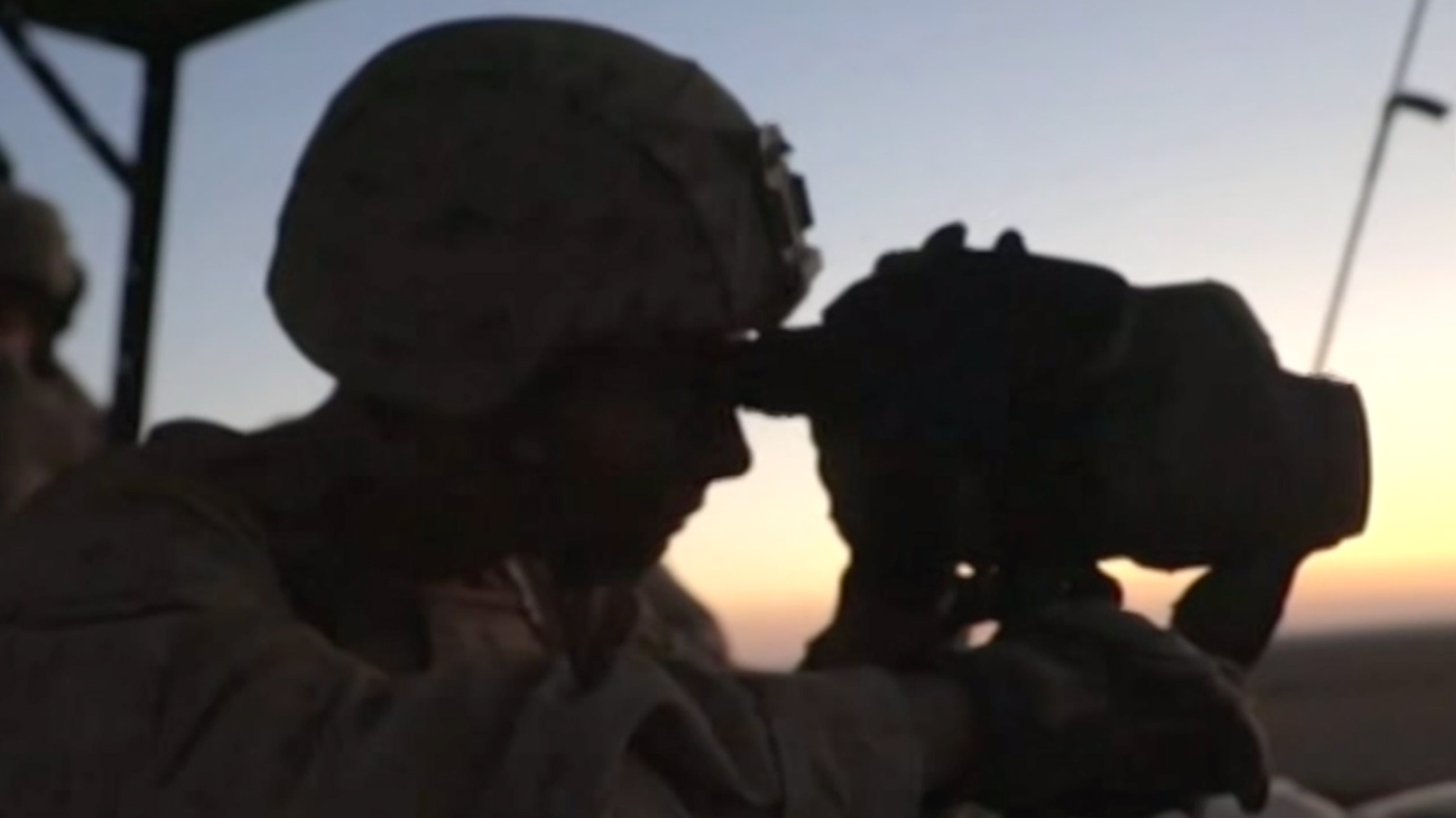01:51

What exactly is Turkey's offensive plan and its likely impact on all the major players in the region? CGTN explains.
Turkey plans to establish a "safe zone" of around 32-kilometers in northeast Syria, which would extend from the Syrian town of Ras al-Ain to Tel Abyad.
They are about 100 kilometers apart in an area that is under the control of Kurdish YPG fighters, who have been a key U.S. ally in its fight against ISIL. A U.S. withdrawal from the area makes the YPG vulnerable to attacks from Turkey.
Turkey says one of its major objectives is to drive the YPG away from its border. Ankara considers the Syrian Kurdish group "terrorists" and accuses them of having direct links to the Kurdish Workers' Party ... a group that has been fighting for autonomy within Turkey for decades.
Kurdish forces within Syria are seen as a rare winner in the civil war. The YPG has spent years expanding its control across northern and eastern Syria, helped by the U.S.-led coalition against ISIL.
But what about other major players?
The U.S. withdrawal has altered the geopolitical balance of power, and each side will now try to maximize its influence.
The Syrian government, backed by Russia and Iran, has managed to recapture major rebel strongholds. But, opposition forces still hold a significant presence.
Apart from Kurds in the northeast, the rebels - led by the so-called "Free Syrian Army"- are now restricted to the northwestern province of Idlib.
This is a strategic location as it shares a border with Turkey. Turkish troops and Ankara-backed forces are also deployed in the north.
Eight years of war and the end does not seem to be in sight. Some analysts believe Turkey's latest military campaign will once again destabilize the country and offer ISIL an opportunity to stage a comeback.